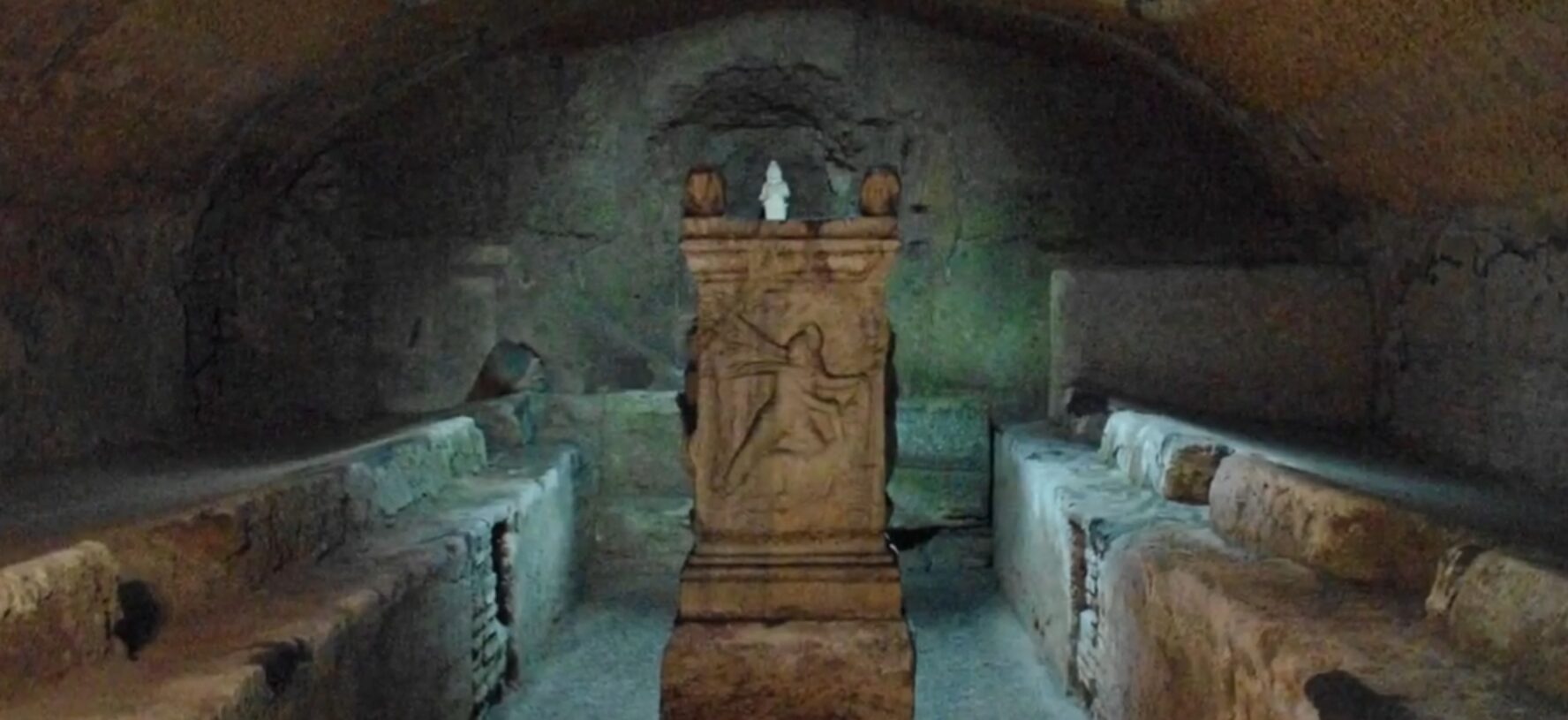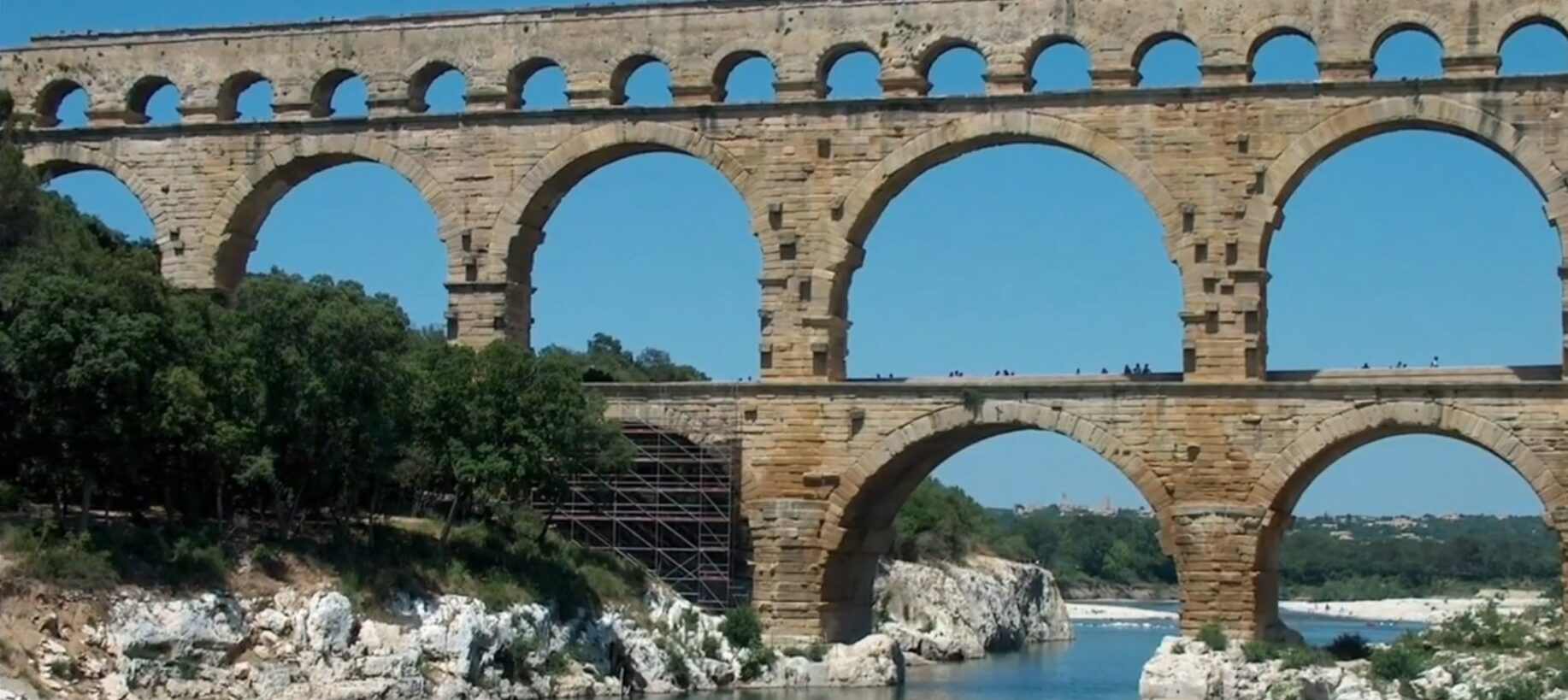Life in ancient Rome demanded clever ways to stay cool under the intense summer heat. Without modern air conditioning, the Romans relied on design, nature, and water to make their homes and public spaces more comfortable. Their methods show how observation and engineering worked together to solve daily challenges in a warm climate.
They built thick stone walls, shaded courtyards, and underground rooms that stayed naturally cool. Flowing water from aqueducts and fountains lowered air temperature, while gardens and narrow streets created shade and airflow. These techniques reveal how Roman builders used simple but effective strategies that still inspire modern architecture today.
Key Takeaways
- Ancient builders used design and materials to manage heat naturally.
- Water and greenery played major roles in cooling living spaces.
- Many modern cooling ideas trace back to Roman architectural methods.
Climate and Cooling Needs in Ancient Rome
Rome’s hot summers created a strong need for ways to stay cool. Average temperatures in August often reached around 90°F, similar to what they are today. Because of this steady heat, Romans developed clever methods to reduce indoor temperatures and make daily life more comfortable.
Basements and Underground Spaces
Structures like the Basilica of San Clemente showed how underground levels stayed naturally cooler. The lower rooms remained cold and slightly damp, partly because of underground water flow. People used these spaces to escape the heat above ground.
Greenery and Water Features
Roman villas often included gardens, fountains, and shaded courtyards. These features lowered temperatures through shade and evapotranspiration. For example, shaded areas could be 50–75°F cooler than exposed surfaces. Flowing water, especially from fountains, made nearby air feel noticeably cooler.
| Cooling Element | Effect on Temperature | Common Location |
|---|---|---|
| Shaded trees and shrubs | 50–75°F cooler than sunlit areas | Villas, courtyards |
| Flowing fountains | Noticeably cooler air nearby | Public squares, gardens |
| Thick stone walls | Slower heat transfer | Large buildings like the Colosseum |
| Narrow streets | Reduced sunlight on roads | Urban areas |
Building Design and Materials
Architects used thick stone walls to insulate interiors. The Colosseum is a clear example of how massive walls and interior spaces stayed cooler than the outside air. Wealthier homes even circulated cold water from aqueducts through pipes in the walls, creating an early form of air conditioning.
Urban Layout
Tall buildings and narrow streets helped shade roads made from dark volcanic stone. This layout limited direct sunlight and reduced heat buildup. Open courtyards, porticos, and gardens also improved airflow, showing how Roman design balanced beauty with practical cooling.
Basements and Subterranean Cooling
Layers Beneath San Clement
The Basilica of San Clement in Rome sits on several older structures stacked over time. Each level tells a story from different centuries, with the oldest parts dating back to the first century. The lowest rooms stay noticeably cooler than the upper floors because they are deep underground and surrounded by thick stone walls.
Temperature differences:
| Level | Approximate Age | Temperature Feel |
|---|---|---|
| Upper Church | 11th century | Warm |
| Middle Basilica | 4th century | Mild |
| Lower Levels | 1st–2nd century | Cool and damp |
The cool air below makes the space comfortable even when the city above reaches high summer temperatures. The thick masonry acts as insulation, slowing the transfer of heat from outside.
Moisture and Flowing Water
At the lowest level, small streams of water move through ancient passageways. This gentle flow adds humidity, which keeps the air slightly damp but pleasant. The combination of stone, depth, and water movement helps stabilize temperature and comfort.
People visiting notice that the air feels cooler near areas where water runs, compared to dry sections. This natural system shows how underground structures can use the earth’s own temperature and moisture to reduce heat without mechanical cooling.
Green Spaces and Gardens
Villa d’Este Estate
The Villa d’Este shows how greenery and architecture can cool large spaces naturally. Its gardens include tall trees, shrubs, and shaded paths that lower surface temperatures. Visitors notice that shaded areas feel far cooler than open spots under the sun.
Cooling features include:
- Dense vegetation that blocks direct sunlight
- Walkways designed to guide airflow
- Water channels that add moisture to the air
These elements make the villa’s outdoor areas comfortable even during the hottest months.
Cooling Through Plants and Shade
Plants release moisture through evapotranspiration, which helps reduce air temperature. When combined with shade, this process can lower peak summer heat by several degrees.
| Surface Type | Average Temperature Difference |
|---|---|
| Shaded Area | 52–77°F cooler than unshaded surfaces |
| Green Space | 2–9°C lower during peak heat |
Trees, vines, and ground plants all contribute to this cooling effect. Shaded courtyards and narrow streets also limit direct sunlight, keeping surrounding areas cooler.
Water Displays and Flowing Features
Flowing water acts as a natural air cooler. Fountains, streams, and small channels at estates like Villa d’Este make nearby air feel fresher than areas with still ponds.
Examples of cooling water elements:
- Running fountains: Circulating water cools air through evaporation.
- Reflecting pools: Add humidity and calm the environment.
- Stone basins: Retain coolness and spread it through contact.
The combination of water movement, shade, and greenery creates a balanced and pleasant microclimate.
Architectural Design for Cooling
Wall Structure and Thermal Protection
Roman builders used thick stone walls to block heat from entering buildings. The Coliseum shows this well, as its deep walls and layered spaces keep the interior cooler than the outside. Stone acted as a natural insulator, slowing the transfer of heat. In some wealthy homes, water channels built into the walls carried cold spring water through pipes, lowering indoor temperatures even more.
| Feature | Cooling Function |
|---|---|
| Thick masonry | Slows heat transfer |
| Stone material | Stores cool air longer |
| Water pipes | Circulate cold water through walls |
Shaded Entrances and Covered Paths
Porticos, or roofed walkways supported by columns, helped reduce heat exposure. These shaded areas allowed air to move freely while keeping sunlight off the walls and floors. People could rest or transition between indoor and outdoor spaces without direct sun. This design balanced shade and ventilation, creating comfortable zones even during the hottest hours.
- Shade: Limits solar heating
- Open columns: Encourage airflow
- Transition space: Reduces temperature shock between indoors and outdoors
Courtyards and Air Circulation
Open courtyards and garden-filled spaces played a major role in cooling Roman homes and villas. Narrow streets and tall buildings also reduced sunlight on roads, keeping urban areas cooler. Gardens with trees, shrubs, and fountains improved airflow and humidity control. Flowing water and shaded greenery could drop surrounding temperatures by several degrees, showing how design and nature worked together to create cooler environments.
Key elements of effective cooling:
- Tall trees and shrubs for shade
- Flowing water sources for cooler air
- Open layouts that promote steady airflow
Aqueducts and Water-Cooled Walls
Ancient Roman engineers used aqueducts not only to supply drinking water but also to cool buildings. Cold spring water moved through lead or ceramic pipes built inside walls. As the water flowed, it absorbed heat from the surrounding brickwork, lowering indoor temperatures.
This system worked best in homes of wealthy citizens who could afford such construction. The design required careful planning to keep a steady flow of cool water moving through the walls.
| Feature | Function | Material Used |
|---|---|---|
| Aqueducts | Transported cold water from springs | Stone and concrete |
| Wall pipes | Carried water through building walls | Lead or ceramic |
| Brickwork | Stored and released thermal energy slowly | Brick and stone |
By combining running water with thick masonry, Romans created a natural cooling effect without modern machines. The steady temperature inside these homes showed how skilled they were at using architecture to manage heat.
Urban Planning and Street Design
Building Height and Street Width
Roman city planners often placed tall buildings along narrow streets. This layout limited how much direct sunlight reached the ground, keeping the streets noticeably cooler. The shade from high walls blocked much of the heat, especially during the hottest months.
This approach also influenced how people moved through the city. Shaded walkways offered comfort to pedestrians and reduced the need for artificial cooling. Similar designs appear in other warm regions where managing sunlight and airflow is essential.
| Feature | Effect on Temperature | Example Use |
|---|---|---|
| Tall buildings | Create shade | Urban housing blocks |
| Narrow streets | Reduce sun exposure | City centers |
| Limited open space | Slow heat buildup | Market areas |
Use of Volcanic Stone
Many Roman streets used volcanic tuff, a dark, porous rock. While this material absorbed heat quickly, the shaded street design helped balance its warming effect. Builders valued tuff for its durability, availability, and ease of shaping.
In shaded conditions, the stone’s surface stayed cooler, making it more comfortable for daily use. Romans showed practical awareness by combining material choice with thoughtful urban design to manage the city’s heat.
Key Points:
- Volcanic tuff was common in Roman construction.
- Shade reduced the heat retained by dark stone.
- Material and design worked together to create cooler public spaces.
Legacy of Roman Cooling Techniques
Roman builders designed their cities and homes to stay cool without modern air conditioning. They used a mix of architecture, water systems, and natural shading to lower temperatures indoors and outdoors.
Thick stone walls acted as strong insulators. In buildings like the Colosseum, the walls’ depth kept interior spaces cooler than the sunlit exterior. Basements, such as those beneath the Basilica of San Clemente, stayed cold and slightly humid due to underground water flow.
Green spaces also played a major role. Villas often included courtyards and gardens with tall trees and shrubs that provided shade. Flowing fountains and running water created cooler air compared to still ponds.
| Cooling Feature | Example | Effect |
|---|---|---|
| Thick stone walls | Colosseum | Slowed heat transfer |
| Underground rooms | Basilica of San Clemente | Maintained low temperatures |
| Courtyards and gardens | Villa d’Este | Provided shade and moisture |
| Flowing water | Fountains and aqueducts | Lowered air temperature |
| Narrow streets | Urban design | Reduced direct sunlight |
Wealthier Romans even built water channels inside walls, where cold water from aqueducts circulated through pipes to absorb heat. In cities, tall buildings and narrow streets limited sunlight on roads, keeping them cooler.
These methods show how Roman engineering balanced comfort and practicality, using natural elements to manage heat in a hot climate.



